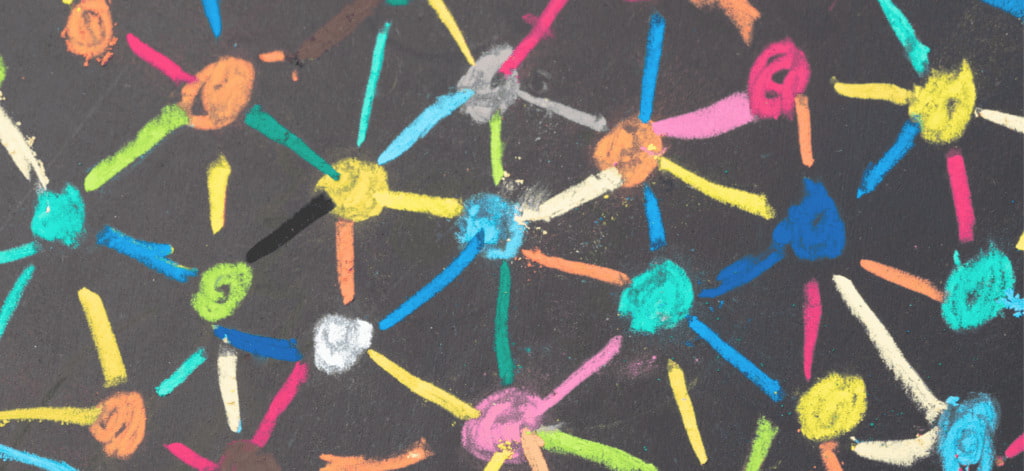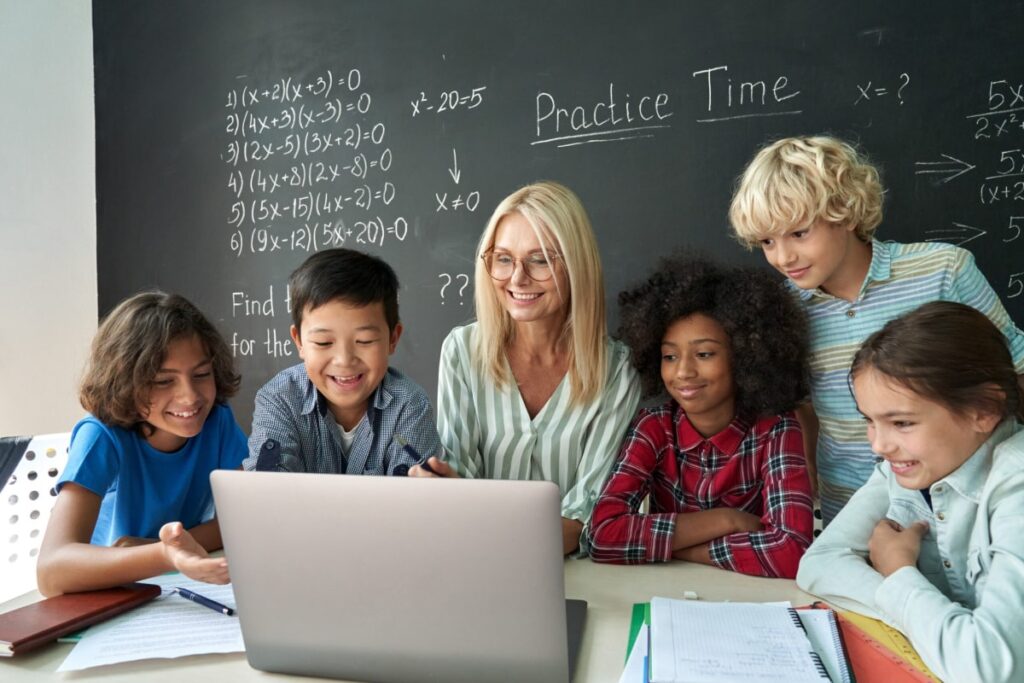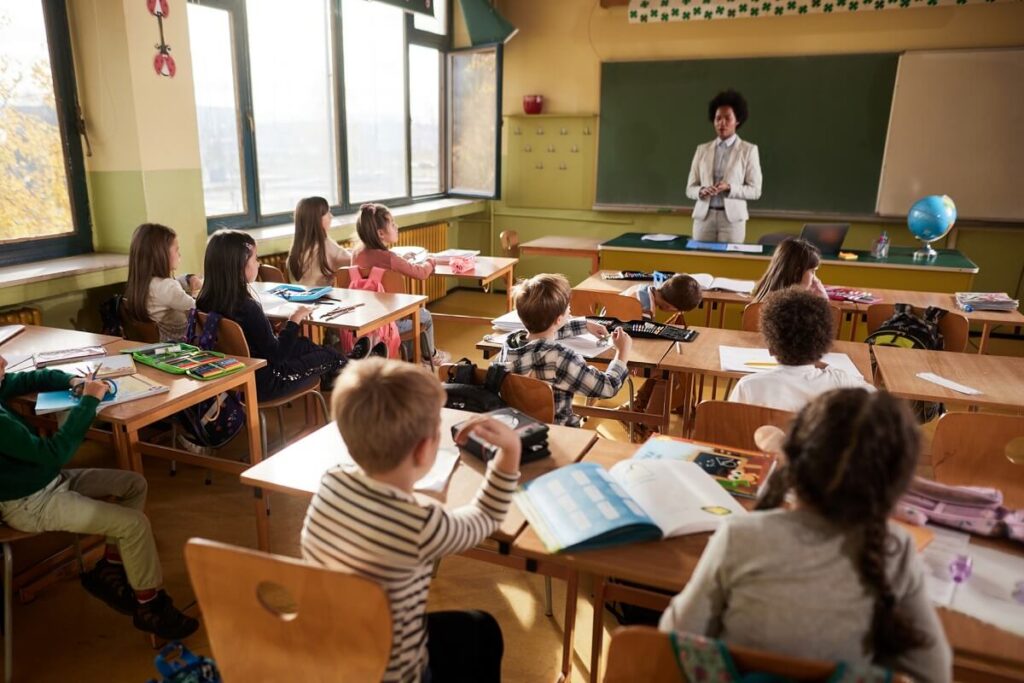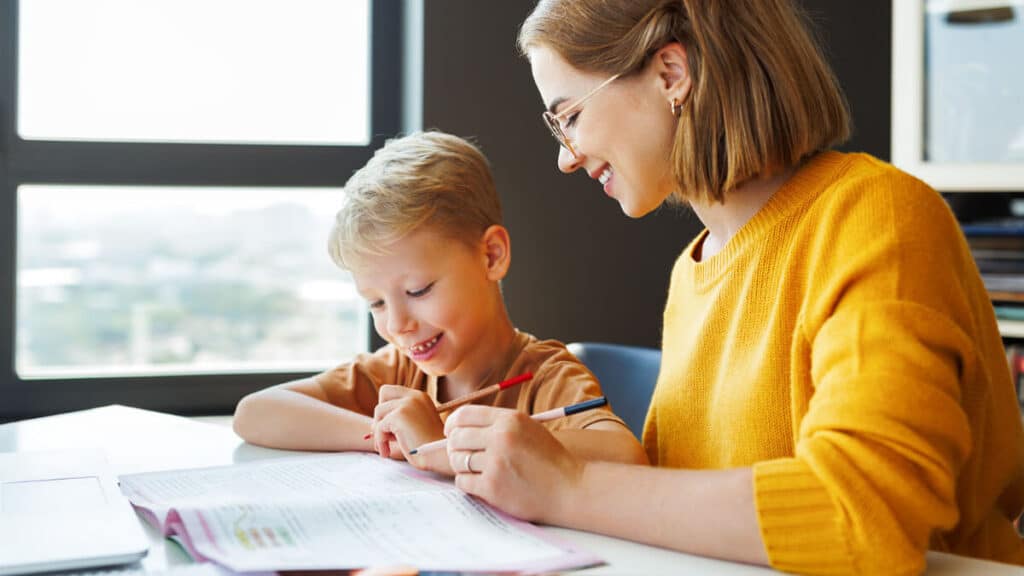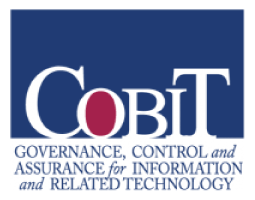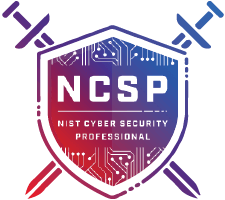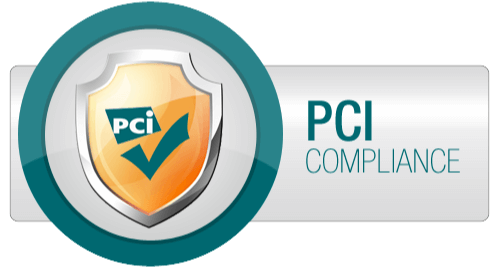Educators and parents/guardians alike have a sense that family-school-community partnerships are important. In fact, parent and guardian engagement is a top predictor of a child’s school success. 1
Yet I hear from numerous schools who are deeply engaged in implementing evidence based social emotional learning that they are struggling to create authentic partnerships with families. They list off the events they host-
- Meet the Teacher Night
- Math Night
- Muffins for Moms/Donuts for Dads
– but still feel a gap. “We see only a few well-known faces attending meetings and we can’t seem to attract the others to come.”
But what if our focus on social emotional learning (SEL) could be the glue that bonds educators and families together? What if we didn’t create more events or extra newsletters, but reframed our way of viewing the relationship and, as a result, our practical approaches to it? SEL can build home school relationships to bond educators and families together.
We all – families and educators alike – share a goal of learning. And thanks to the work of Carol Dweck on growth and learning mindset, we are becoming increasingly aware that to support learning, we must be learners ourselves. 2
Educators and parents/guardians have endless learning opportunities ready to explore and understand their students’ temperaments, what they are working on:
- cognitively
- physically
- socially
- emotionally
-and how we can support and promote that learning. The key is to be aware of and find the right tools required to harness these opportunities.
While teachers bring extensive professional knowledge of content and pedagogy to the conversation, parents/guardians bring a deep knowledge of their:
- family
- neighborhood context
- individual child (who they are, where their strengths lie, and how they are growing and changing)
Everyone involved needs to be engaged in promoting the most critical skills for success in school and life: social emotional skills. So therein lies an opportunity to learn from one another about strategies for supporting a student’s emotional and academic growth.
If learning is our common ground and core focus, and relationships will ensure that learning takes place, then it makes sense to take a look at the best practices around creating learning communities and family engagement. Shirley M. Hord, expert researcher on school change, in her book on Professional Learning Communities cites five key attributes of professional learning communities in schools. 3
Examining these attributes and pairing them with tools and structures from our school-based social and emotional learning (SEL) initiatives can lead to highly practical, everyday approaches for developing collaborations with families that we know will help build trust and benefit students.
Here are 5 tips for using SEL Practices to foster strong school-to-home collaborations.
1. Supportive and Shared Leadership
What does shared leadership mean in relation to creating a caring school community and promoting students’ social and emotional development? It may mean that the power hierarchy that exists in schools–
- principals (at the top in a building)
- other administrators
- educators
- paraprofessionals
- (finally) parents and caregivers
– is not as important as the collaborative relationships that can co-create a shared vision.
The Collaborative for Academic, Social, and Emotional Learning (CASEL) encourages school initiatives to create an SEL leadership team to ask questions like how can our school feel like a safer, more connected community? 4 So how can those meetings take place at times and in locations where families can bring their valuable voices to that table?
Consider whether someone’s home or a community hall, church or other public gathering place would be a better location. To enable parents and caregivers of younger children to participate, try recruiting older siblings to provide childcare for younger ones. And during the meeting itself, utilize social emotional learning family partnership strategies and/or engagement activities for promoting perspective-taking, empathy and active listening to learn from parents and families such as:
- cooperative games
- pair shares
- listening exercises
2. Collective Creativity
How can we identify and understand the assets, strengths, and expertise our students’ parents and guardians bring to the conversation? It could be as simple as sending home a flyer and asking a few good questions. We know parents and guardians are experts on their own children and family cultures. They may bring skills from their own interests or professional expertise that can be a valuable resource in improvement conversations.
It’s also essential to adopt norms and learning agreements – like constructive language that never places blame – that encourage people to bring open minds and hearts to the discussion so that all parties can contribute honestly to a bigger vision for learning. When placed upon the principal and teachers’ shoulders, creating a safe, caring school community can feel like a monumental task. But when family members feel empowered to add their voices, substantive contributions and energies to the effort, educators will be surprised at how much can be accomplished.
Have SEL tools ready to use on communication, listening, and collaboration such as:
- setting learning agreements
- holding challenging and constructive conversations on race and bias
- how to assert a differing opinion in a constructive manner
3. Shared Values and Vision
With each new school year, there is a fresh opportunity to look at the learning from the last year and add to your vision of what it means to offer the best education for students.
Schools I’ve worked with not only create a “Hopes and Dreams for the School Year” poster with their students, but they also create a banner that encourages parents and guardians, teachers, and support staff to share what their hopes and dreams are. And with that reflection, how can those hopes and dreams be revisited and inform conversations through out the year as our measure of success?
Use your SEL practices and tools to hold a conversation about hopes and dreams and how they might be reached through your work together. Positive rules (what to do, what not to do) emerge in SEL programs out of those hopes and dreams. Consider how you can discuss school rules and family rules — similarities and differences — and how all might work to understand the differences, and support and reinforce the commonalities.
4. Supportive People and Environmental Conditions
Trust is the firm foundation upon which an authentic partnership is built. To develop a relationship with parents and guardians, we need to have a number of contacts with them throughout the year. It can be useful and practical to think in terms of touchpoints – they don’t have to be long or involved.
How can we create regular, periodic opportunities to smile, exchange words of greeting, and appreciation for one another’s roles? If one teacher feels responsible for making regular touchpoints happen, then it can feel like a great burden.
But what if the expectation is that all are responsible for a monthly touchpoint? What if parents stuck around at drop off or pick up time to share an appreciation once a month or a teacher stopped by a swim meet or soccer practice for a friendly chat with their student’s parent/guardian? These quick strategies for equitable family engagement might seem trivial, but they can go a long way toward building an environment of trust and support that is conducive to positive school-to-home collaborations.
5. Shared Personal Practice
Everyone – parent, teacher, principal – must be engaged in their own learning and be willing to share and discuss their trials and errors, their successes and flat-out-failures to grow individually and together. This means that there are numerous opportunities to:
- build a sense of trust
- build a sense of caring
- build a sense of “we are all figuring this out together” kind of collaboration
How can you use the SEL practice of setting a positive, measure-able goal – creating a small experiment – to try something new? Share that goal with other parents and teachers and then, return and reflect on how it went — the strengths to build upon and the areas to change.
If we are in the process of improving our ability to teach and learn by focusing on caring relationships, then we must examine how opportunities for families, parents, and caregivers are a vital part of that mix. It may take some forethought, a new set of expectations, and some uncertainty along the way, but the rewards will be plentiful.
Students will experience the most powerful form of social emotional learning possible through adults in their lives modeling collaboration and effective communication. I can’t imagine a more worthwhile process.
References
1. Henderson, A.T., & Berla, N. (1994). A New Generation of Evidence; The Family is Critical to Student Achievement. National Committee for Citizens in Education.
2. Dweck, C. S. (2006). Mindset: The new psychology of success. New York: Random House.
3. Hord, Shirley M. (1997). Professional Learning Communities: Communities of Continuous Inquiry and Improvement. Southwest Educational Development Laboratory and American Institutes of Research.
4. Collaborative for Academic, Social, and Emotional Learning (CASEL). (2019). Guide to Schoolwide SEL. Chicago, IL: CASEL.
